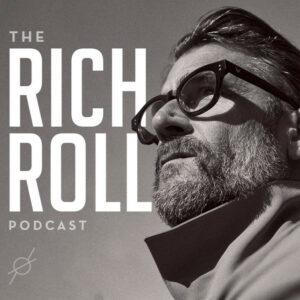
In this episode of the “Modern Wisdom” podcast, host Chris Williamson explores the history of human mating ideologies and their impact on modern relationships. He is joined by Mads Larsen, an expert in evolutionary psychology and the history of mating. Together, they discuss the changes in mating demands, the transition from promiscuous mating to pair bonding, the influence of agriculture and the Industrial Revolution, and the future of mating in the face of technological advancements.
The history of human mating ideologies has seen significant changes over the past 10,000 years. Our modern beliefs about finding a partner are historically unusual, and mating ideologies play a crucial role in shaping social orders. These ideologies compel people to pair bond and have children, aligning with biological impulses.
Pair bonding emerged as a beneficial strategy that allows for paternal investment and the distribution of successful genes within a population. The transition from promiscuous mating to pair bonding in early hominins about four million years ago was driven by the benefits of male contribution beyond just genes. This transition involved a resource acquisition and supply arms race between low and high status males, with females making tradeoffs between good genes and male provisioning.
Agriculture led to extreme polygamy in inequitable environments, while inter-tribal raiding for agricultural land resulted in a unique mating regime from 7,000 to 5,000 years ago. The European marriage pattern, influenced by the church, restricted people’s sexuality and delayed the start of reproductive periods. Since the 1970s, the Western marriage pattern has undergone significant changes, with later marriages, more casual sex outside of marriage, and a decline in remarriages.
Advancements in technology, such as external wombs and AI companions, will fundamentally change the future of mating. Declining fertility rates pose a major concern, and gender inequality and welfare policies can affect mate preferences and fertility rates. The modern world, with its reproductive technology, individualism, and dating apps, has introduced new complexities to mating preferences and practices.
The history of human mating ideologies and their impact on modern relationships reveal the complex interplay between biology, culture, and technological advancements. As society continues to evolve, it is crucial to understand the challenges and opportunities that arise in the realm of mating. By examining the past and considering the future, we can navigate these changes and strive for fulfilling and meaningful relationships.